Evolution is what that is brought us humanity to the level we are at today. Without evolution, all the new tech and advancements would not have been possible. Be it passenger cars or armed or armored vehicles, evolution is key. In the 2022s the everyday cars come with tons of gadgets and gizmos and this can also be rightly said for the vehicles used by the Indian Army. There was a time when the Army had barebone vehicles and equipment. But now, all the equipment including vehicles are all cutting edge. So, let’s take out time and have a look at the different cars that the Army used versus what it uses right now. This is the evolution of the Indian Army Vehicles.
THEN
-
Nissan Jonga
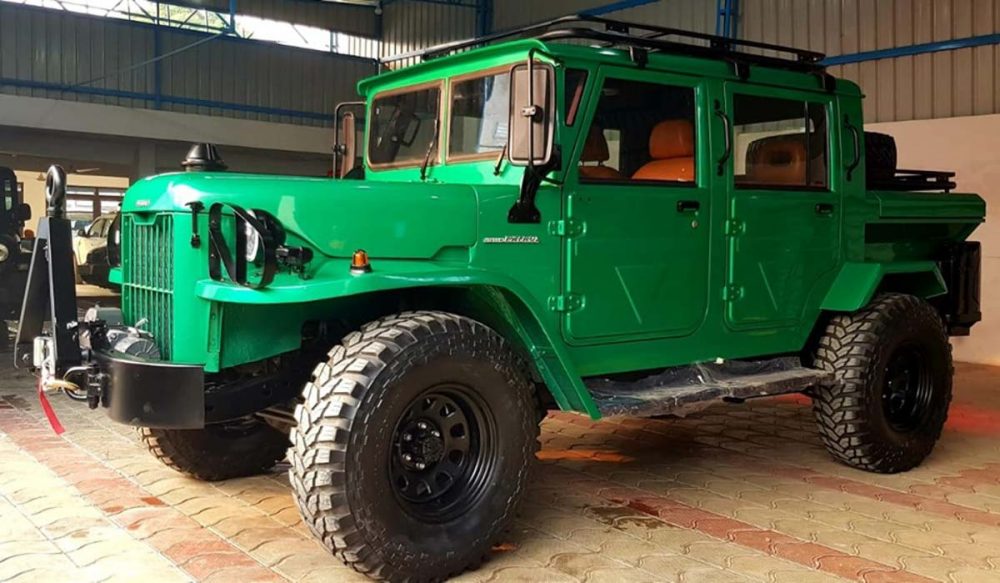
Jonga | A Nissan Patrol made for the Indian Army The Jonga was created during World War II. After the war, Japan was devastated. As a result, the government decided to purchase a vehicle that could be used by the military, firefighters, and medical personnel. The Indian Army became interested in the Patrol in the 1960s and proposed local manufacturing at the Vehicle Factory in Jabalpur.
The Indian Army had obtained the rights to manufacture and operate the Patrol 60 by 1964, and VFJ was tasked with producing JONGA for the army. Jonga has the ability to lift a tonne of weight. A 4.0-litre, in-line 6-cylinder engine capable of producing 145hp @ 3,800rpm and over 330Nm of torque @ 1,800rpm provided the necessary power to this vehicle.
-
Mitsubishi Pajero
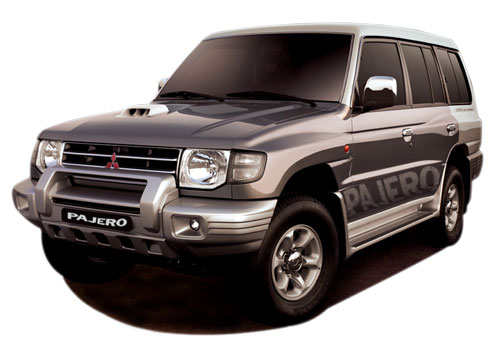
Mitsubishi Pajero / Image for representation only In 2006, Mitsubishi bought the Pajero for the Indian market. Initially, it was for passenger cars but later considering its capabilities, Army eyed the vehicle. The Pajero had short overhangs reducing the approach and the departure angles enabling the vehicle to climb steep slopes. Even the suspension was set to a little softer side, to reduce the yaw and pitch movements in slippery conditions.
The old Mitsubishi Pajero had some intuitive tech which included, a vehicle tilt angle display that sure helped in offroading. Under the hood, it came equipped with a 2.8-litre 4 cylinder SOHC turbo diesel engine. The motor generated a slightly low 118ps of peak power and about 300Nm of peak torque
-
Tata Sumo

The first generation of the Sumo / Image fore representation only It was the year 1994. India was booming as a result of the 1991 economic reforms. Tata Motors saw this as a chance to get a foothold in the Indian automotive industry by introducing a flurry of models across the decade. Tata opted to launch a ‘Made in India’ SUV for the country at the time.
More about the Tata Sumo Spacio: Remembering The No-Frill MUV
Tata Sumo was originally designed for military usage. For the tough terrain and power, the military version of the automobile was an all-wheel-drive SUV. Civilians in the nation were sold a rear-wheel-drive variant only.
-
Maruti Suzuki Gypsy
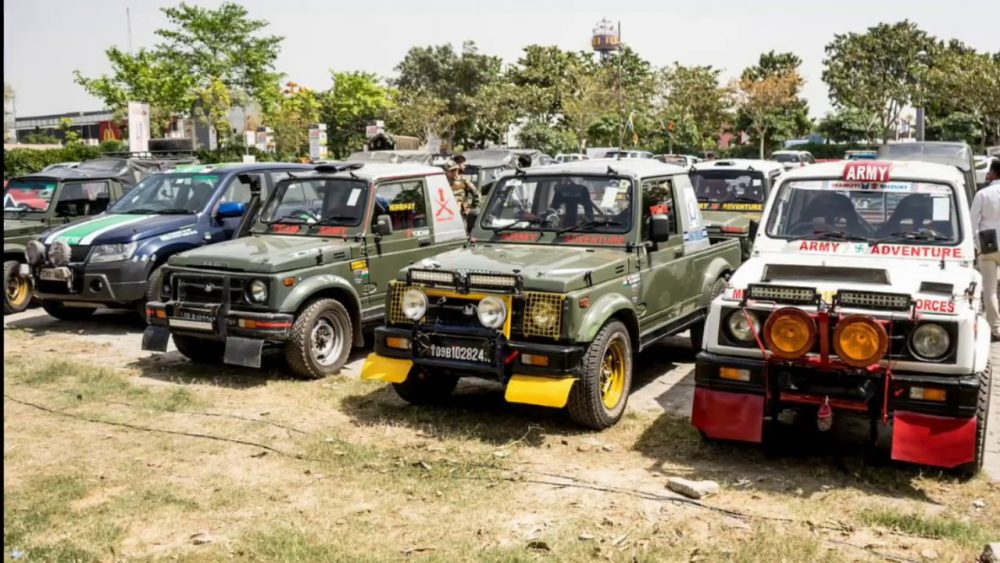
Maruti Suzuki Gypsy / Indian army vehicles Prior to the introduction of the Maruti Gypsy, the Army relied on Mahindra Jeeps. In 1991, the frontline force placed its first order with the firm. Since then, the Indian army has received almost 35,000 Gypsy soldiers. 4,000 units were the largest order ever received in 2017. The company’s most recent order was for 2,071 Gypsys. It has served the army well and is still seen in parades and other celebrations. The ladder-on-frame chassis, which favors offroading, was a crucial factor.
Here are the 5 Maruti Cars Best Suited for Rally Driving | From Gypsy to SX4
The next feature was the rear-wheel-drive system, which made it a fantastic off-roader, though not the finest at the time. The 80 horsepower and 104 Nm of torque are plenty for beginners in the field, and it is thus widely favored when it comes to offroading. The Gypsy’s USP was also its pricing. The 4WD capability was the cherry on top.
NOW
-
Mahindra Armored Light Specialist Vehicle
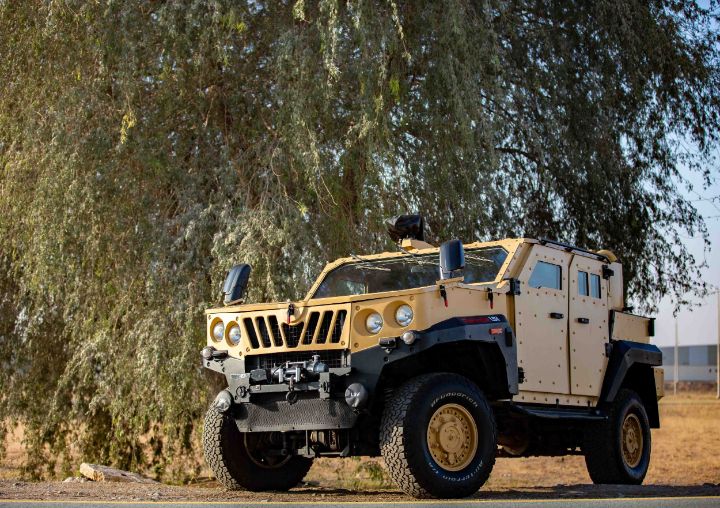
Mahindra Armored Light Specialist Vehicle The Mahindra Armored Light Specialist Vehicle (ALSV) is a light armored specialist vehicle built for use by military and defense forces. It’s designed to be a modular type vehicle allowing for efficient maintenance and it can be upgraded or configured in the field for a wide variety of operational roles. The ALSV offers ballistic protection. The ALSV comes with features specific to military use. This includes a gun hatch, run-flat system (as per finable 50km), tyre inflation system, air filtration, and scavenging system, and a massive 6-cylinder turbo diesel engine. This motor is capable of generating a peak power of 215bhp and 500Nm of torque. Also, ALSV has a seating capacity of 6-8 people.
-
Kalyani M4
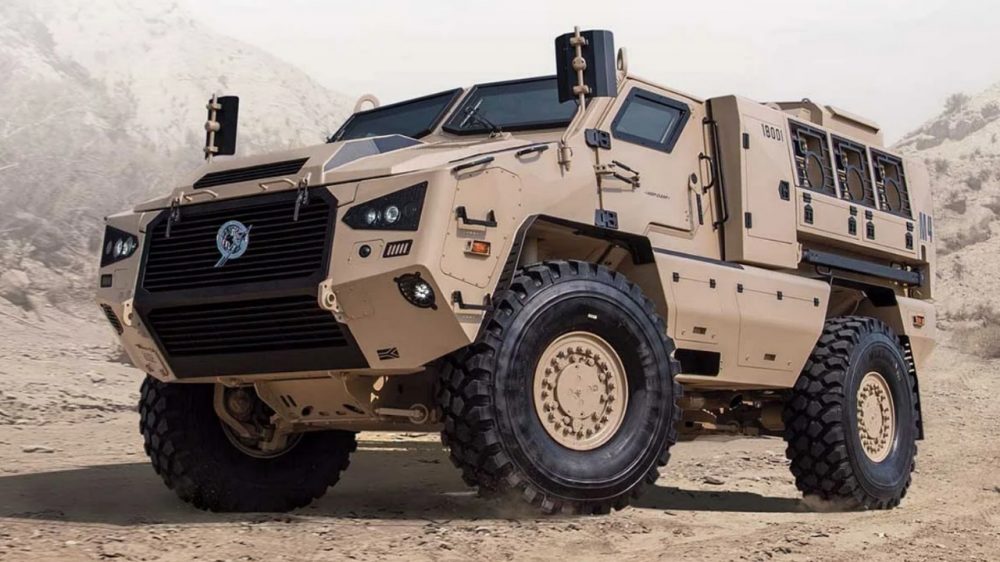
Kalyani M4 One of the latest entries into the Indian army is the Kalyani M4. The Army placed an order for the vehicle during the rising tension between India and China at the Ladakh border. The Kalyani M4 is made in India armored vehicle that is built by Pune-based defense company Bharat Forge of the Kalyani group. The company received an order worth Rs. 177.95 crore from the Indian Ministry of Defence for the supply of Kalyani M4 vehicles. Kalyani M4 is tailored to ply to the specific requirements of the Indian Army, which include brisk mobility through rough terrain and also in the areas that are affected by land mined or IEDs. The vehicle is capable of protecting blasts and ballistics of up 50khs of TNT, IED, or other types of bombs. The maximum speed that Kalyani M4 can achieve is about 140kmph and can carry a payload of 2.3 tonnes with a claimed range of 800kms.
-
Mahindra MPV-I
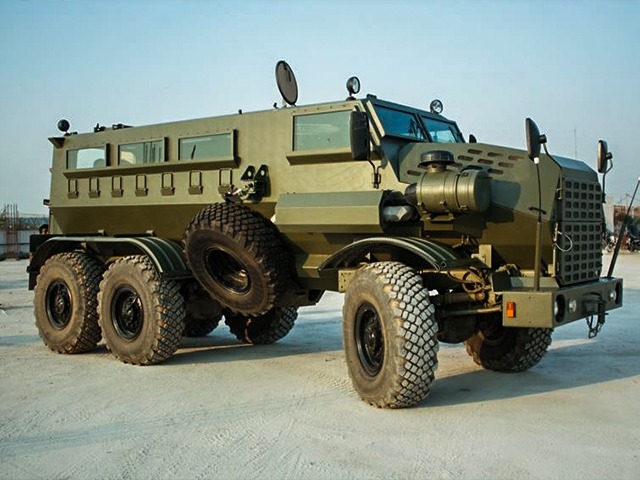
Mahindra MPV-I The Mahindra Mine-Protected Vehicle-I (MPV-I) is a Specialist Off-road Vehicle and a Mine-Resistant Ambush Protected (MRAP) Type Armored Personnel Carrier. The MPV-I is equipped with a 230hp diesel motor and a transmission that powers all 6 wheels. Yes, the Mahindra MPV-I is 6×6. The MPV-I is a level up from the Mahindra ASLV and it combines the ballistic and mine protection in one vehicle. The Mahindra MPV-I provides ton and side protection of CEN level B6 and blastic protection up to Stang Level 4A. By that we mean, the vehicle can withstand a direct hit of a ball measuring, 7.62X51mm, 5.56mm, and 7.62mm amination from a distance of 10 meters at an angle of 90-degrees.
-
Mahindra Marksman
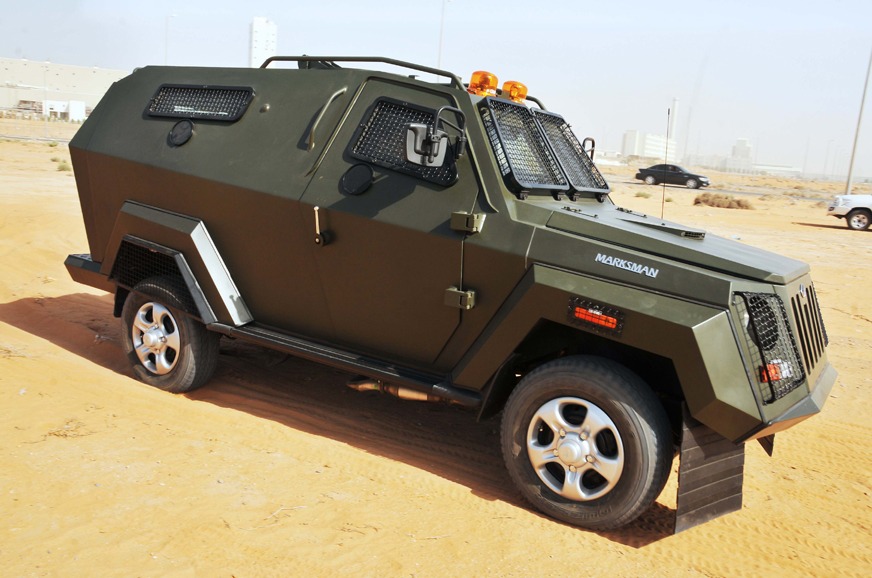
Mahindra Marksman The Mahindra Marksman is a light armored personnel carrier having a seating capacity of 6 people. The five sides of the vehicle are reinforced and can provide protection against 7.62mm ammunition and 2X DM 51 Grenades. Even the 6th side provides protection against the detonation of two DM 51 hand grenades. Apart from protecting, the Mahindra Marksman also has a cupola turret machine gun mounted 270-degree transverse. In terms of the engine, it comes with a 2.2-litre mHawk diesel that is capable of generating 120bhp and 280Nm of maximum torque. Powering all four wheels is a 5-speed manual transmission.
So, these were the 4 vehicles that have been upgraded in the Indian army. Stay pinned, there are more vehicles to the list that the Indian army currently uses.





